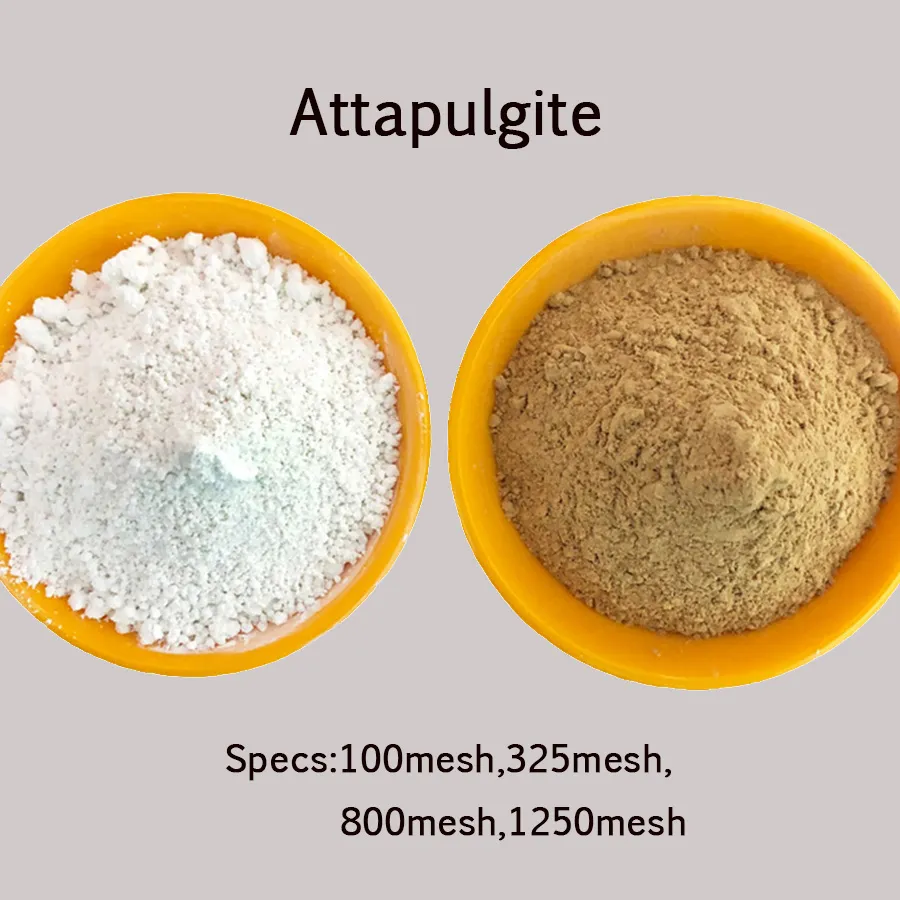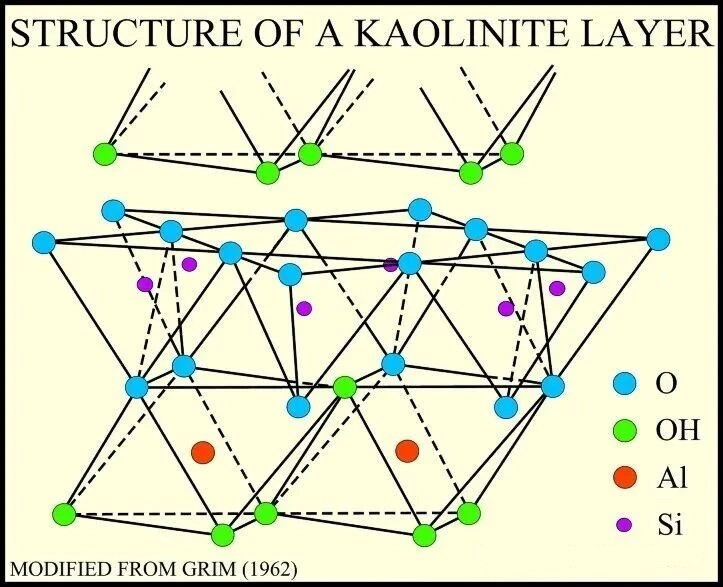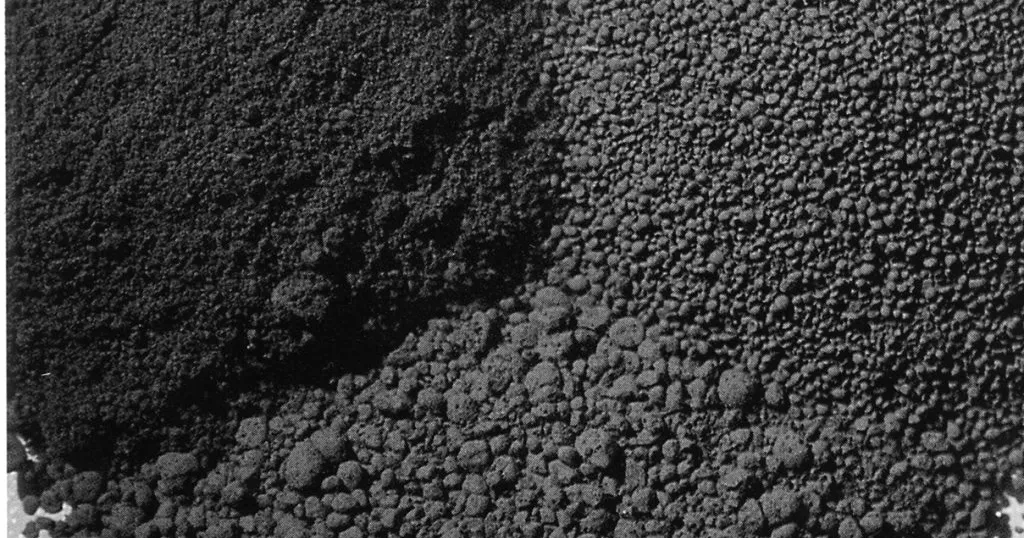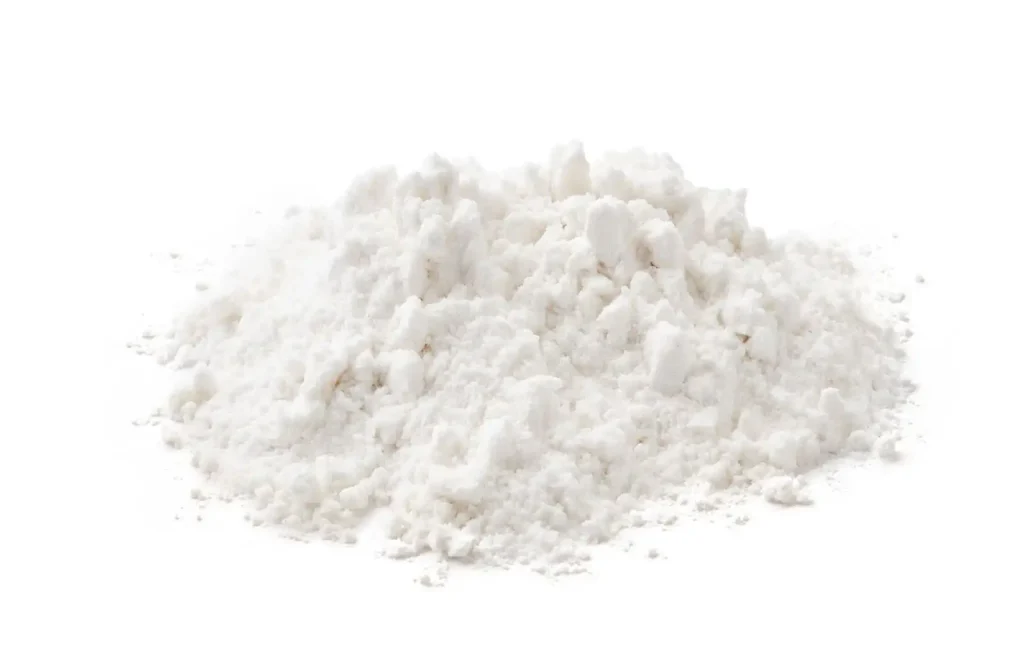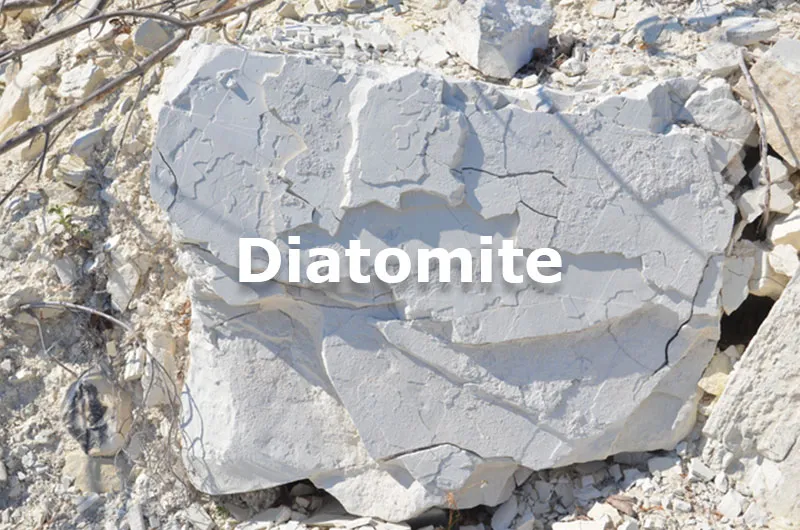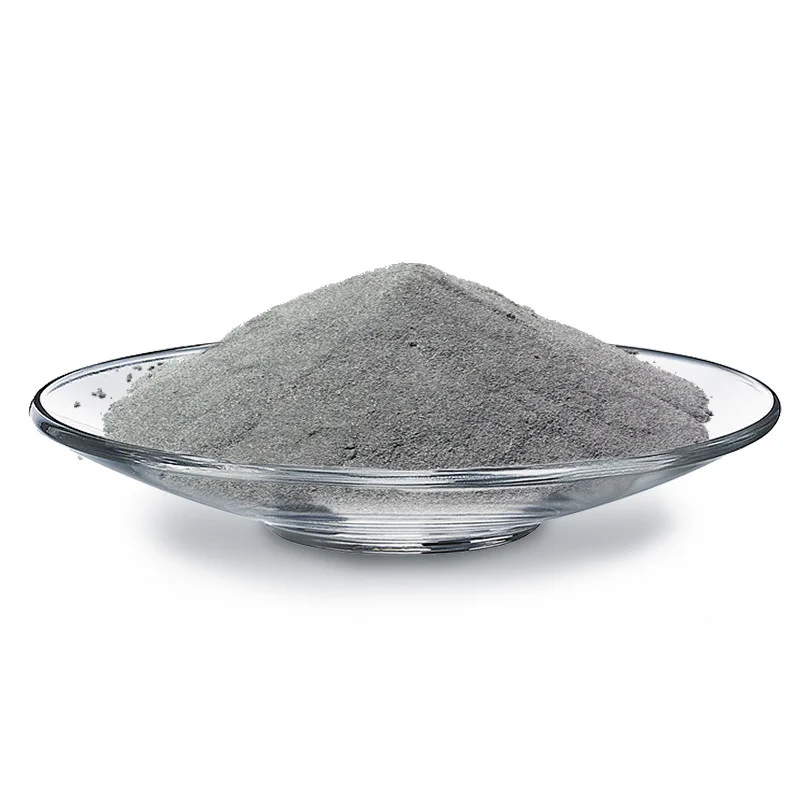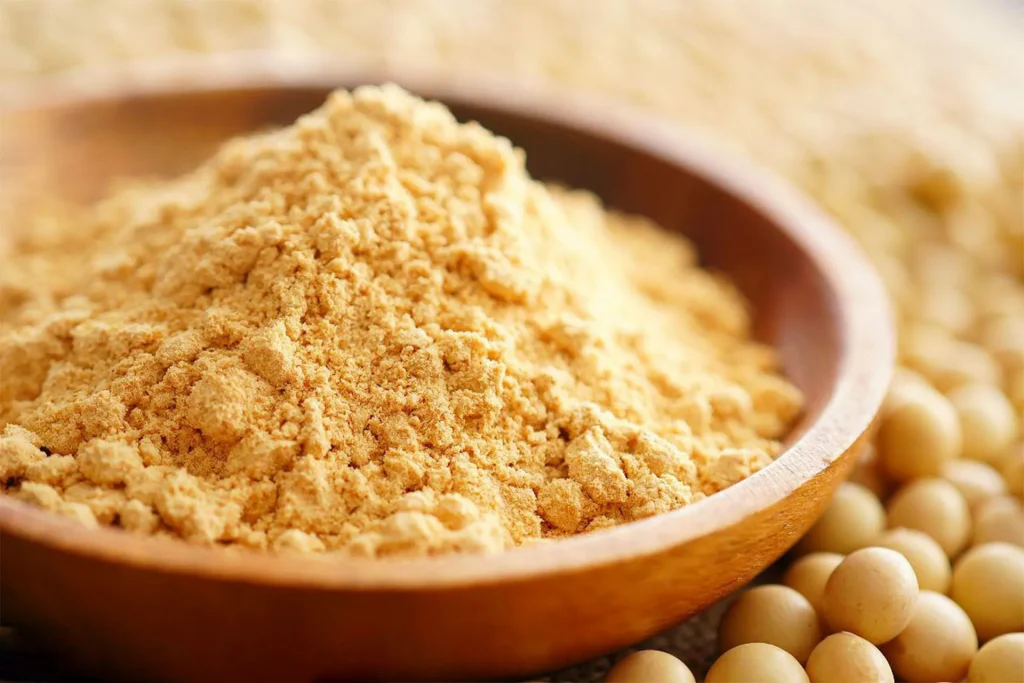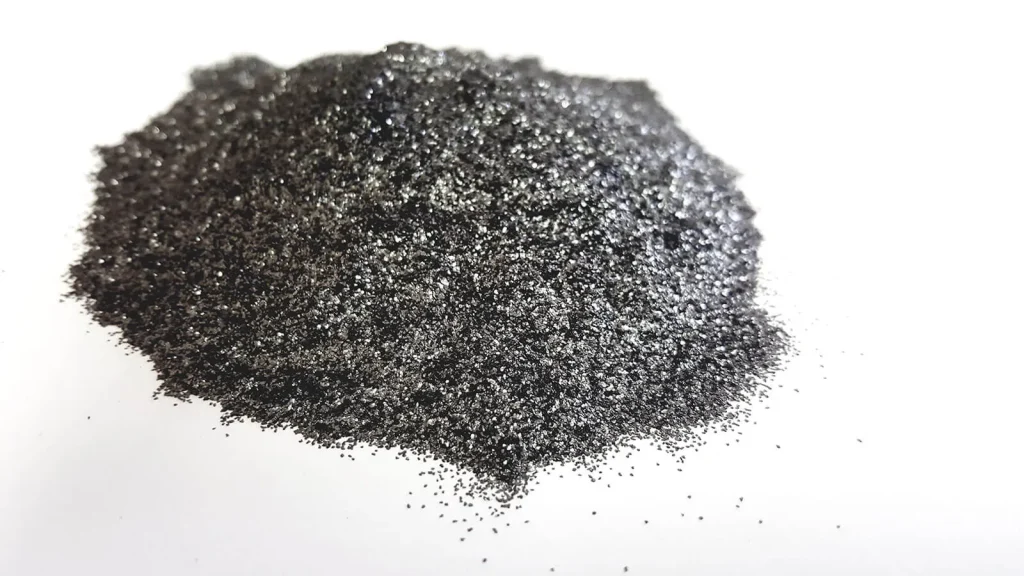Attapulgite in Agriculture and the Key Role of Air Classification
Attapulgite a hydrous magnesium aluminosilicate mineral with a chain-layered structure, possesses unique properties such as excellent adsorption, colloidal behavior, carrier capacity, and reinforcement. These characteristics make it valuable across numerous sectors, including agriculture and animal husbandry, composite materials, environmental protection, construction, industry, pharmaceuticals, and daily chemicals. The application of Attapulgite air classification is crucial for […]
Attapulgite in Agriculture and the Key Role of Air Classification Read More »
